Physical activity or exercise can improve your health and reduce the risk of developing several diseases like type 2 diabetes, cancer, and cardiovascular disease. Regular fitness can have immediate and long-term health benefits. Most importantly, it can improve your quality of life.
Take Pritish Kumar’s Guidance, you can truly get informative knowledge about Fitness.
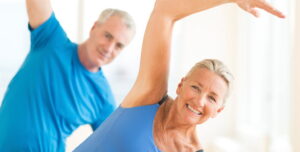
See your doctor first
It is a good idea to see your doctor before starting your physical activity program :
-if you are aged over 45 years
-physical exercise causes pain in your chest
-whether you often faint or have spells of severe dizziness
-moderate physical activity makes you very breathless
-maybe you are at a higher risk of heart disease
-or you think you might have heart disease
-you are pregnant.
Pre-exercise screening is used to identify people with medical conditions that may put them at a higher risk of experiencing a health problem during physical training. It is a filter or ‘safety net’ to help decide if the potential benefits of exercise outweigh the risks for you.
Physical activity guidelines
Australia’s exercise and sedentary behavior guidelines state that:
Doing any aerobics is better than doing none. If you currently do no physical workout, start by doing some, and gradually build up to the recommended amount. Be active on most, preferably all, days every week. Accumulate 150 to 300 minutes (2 ½ to 5 hours) of moderate intensity physical activity or 75 to 150 minutes (1 ¼ to 2 ½ hours) of vigorous intensity fitness, or an equivalent combination of both moderate and vigorous activities, each week. Do muscle strengthening activities on at least two days each week.
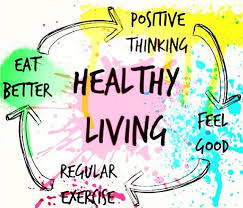
Here are some other benefits you may get with consistent physical activity:
- Helps you quit smoking and stay tobacco-free.
- Boosts your energy level so you can get more done.
- manages your stress and tension.
- Promotes a positive attitude and outlook.
- Aids you fall asleep faster and sleep more soundly.
- Improves your self-image and self-confidence.
- Makes you spend more time outdoors.
A healthier state of mind
A number of studies have found that exercise helps depression. There are many views as to how exercise helps people with depression:
-Aerobics may block negative thoughts or distract you from daily worries.
-working out with others provides an opportunity for increased social contact.
-Increased fitness may lift your mood and improve your sleep patterns.
–health fitness may also change levels of chemicals in your brain, such as serotonin, endorphins and stress hormones.
We know that staying active is one of the best ways to keep our bodies healthy. But did you know it can also improve your overall well-being and quality of life? Here are just a few of the ways physical activity can help you feel better, look better and live better. Because, why not?
Aerobic exercise
Playing sports such as lawn tennis is a common way to maintain/improve physical fitness.
Cardiorespiratory fitness can be measured using VO2 max, a measure of the amount of oxygen the body can uptake and utilize. Aerobic exercise, which improves cardiorespiratory fitness and increase stamina, involves movement that increases the heart rate to improve the body’s oxygen consumption. This form of exercise is an important part of all training regiments, whether for professional athletes or for the everyday person.

Lawn tennis
Prominent examples of aerobic exercises include:
Jogging
Running at a steady and gentle pace. This form of exercise is great for maintaining weight and building a cardiovascular base to later perform more intense exercises.
Working on elliptical trainer
This is a stationary exercise machine used to perform walking, or running without causing excessive stress on the joints. This form of exercise is perfect for people with achy hips, knees, and ankles.
Walking
Moving at a fairly regular pace for a short, medium or long distance.
Treadmill training
Many treadmills have programs set up that offer numerous different workout plans. One effective cardiovascular activity would be to switch between running and walking. Typically warm up first by walking and then switch off between walking for three minutes and running for three minutes.
Swimming
Using the arms and legs to keep oneself afloat in water and moving either forwards or backward. This is a good full-body exercise for those who are looking to strengthen their core while improving cardiovascular endurance.
Cycling
Riding a bicycle typically involves longer distances than walking or jogging. This is another low-impact exercise on the joints and is great for improving leg strength
It’s a natural mood lifter
systematic physical exercise can relieve stress, anxiety, depression and anger. You know that “feel good sensation” you get after doing something physical? Think of it as a happy pill with no side effects! Most people notice they feel better over time as body activity becomes a regular part of their lives.
Helps to keeps you physically fit and able.
Without consistency, your body slowly loses its strength, stamina and ability to function properly. It’s like the old saying: you don’t stop moving from growing old, you grow old from stopping moving. Exercise increases muscle strength, which in turn increases your ability to do other day-today activities.
It can help you live longer.
It’s true, 70 is the new 60… but only if you’re healthy. People who are physically active and at a healthy weight live about seven years longer than those who are not active and are obese. And the important part is that those extra years are generally healthier years! Staying active helps delay or prevent chronic illnesses and diseases associated with aging. So active adults maintain their quality of life and independence longer as they age.
An apple a day keeps the doctor away.
Stand up when you eat your apple a day! Too much sitting and other sedentary activities can increase your risk of heart disease and stroke. One study showed that adults who watch more than 4 hours of television a day had an 80% higher risk of death from cardiovascular disease.
Day-to-day activities
The American Heart Association recommends at least 150 minutes of moderate-intensity aerobic activity each week. You can knock that out in just 30 minutes a day, 5 days a week. And every minute of moderate to vigorous activity counts toward your goal. So, this is easy! Just move more, with more intensity, and sit less. You don’t have to make big life changes to see the benefits. Just start building more activity into your day, one step at a time.
References
https://www.betterhealth.vic.gov.au/health/healthyliving/physical-activity-its-important

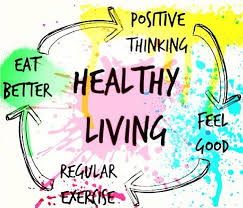

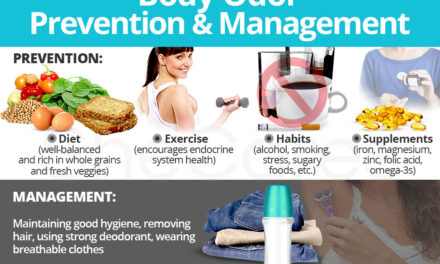

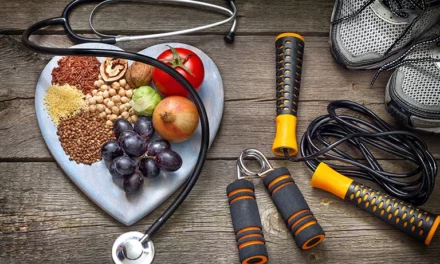






WXvqgYDHQf
DyJWfzMntPXEG
vrgwUAuQRDWi